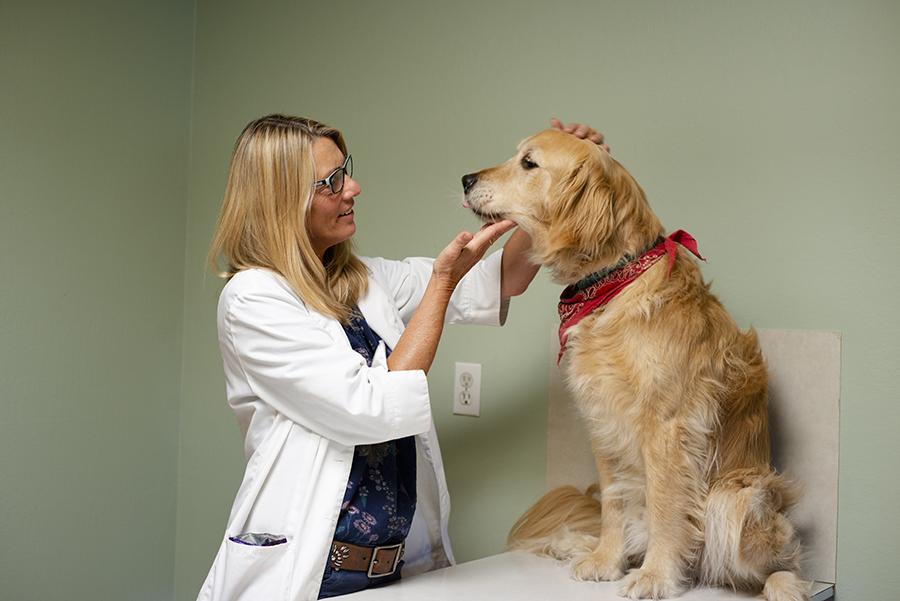Like many young girls enamored with animals, Mary Whitney wanted to become a veterinarian. Unlike most girls, she experienced, as she says, “the true . . .
Dr. Mary Whitney: “It has to be your calling”


Like many young girls enamored with animals, Mary Whitney wanted to become a veterinarian. Unlike most girls, she experienced, as she says, “the true . . .